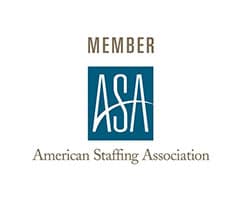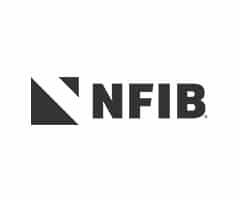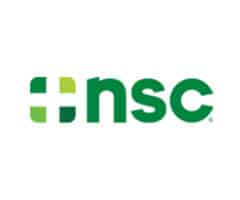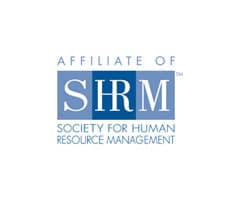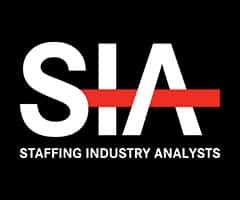The Allied Blog
News. Insights. Advice.
Categories
Categories
Latest News
Allied Personnel Services Announces Promotion of Janell O’Brien to Vice President
Allentown, PA, [June 3, 2024] – Allied Personnel Services is proud to announce the promotion of Janell O’Brien to the
Maximize Your Follow-Up Strategy After a Job Fair
Job fairs can be a whirlwind of opportunities, a place where potential employers and job seekers converge in a bustling

Navigating Daylight Savings: 5 Tips to Spring Forward with Ease
Daylight Savings Time (DST) brings longer evenings and the promise of spring, but it also means losing an hour of

Employee or Independent Contractor?
The U.S. Department of Labor’s new worker classification rule, set to take effect on March 11, aims to redefine the
Measuring Success: The Impact of Professional Certifications
Professional certifications are a part of most every sector of the professional working world. Much more than just an alphabet
Preparing for a Successful End-of-Year Job Hunt: Strategies for Landing Your Dream Job
As we approach the fourth quarter of the year, many job seekers might assume that their job search should be
How to Avoid Being a Conversational Narcissist
You might be a conversational narcissist and not even know it. The term “conversational narcissist” comes from sociologist Charles Derber’s
The Importance of Honesty in the Job Search Process
When it comes to finding a job, it can be tempting to stretch the truth about your qualifications, experience, or
What’s an Employer to Do During a Tripledemic?
COVID-19 hasn’t gone away, but remember when other things made us sick? They’re still around, lingering and ready for mingling.
These common, well-meaning phrases have a negative impact
Whether they realize it or not, leaders have a disproportionate impact on others. It’s not just what they do, but
11 Creative Conversation Starters for Your Next Event
“Work the room.” If that expression makes you cringe, you’re not alone. Going from person to person and asking the
Anxiety and Sleep
Anxiety is more common than ever – especially with everything going on in our lives and around the world. Anxious,
